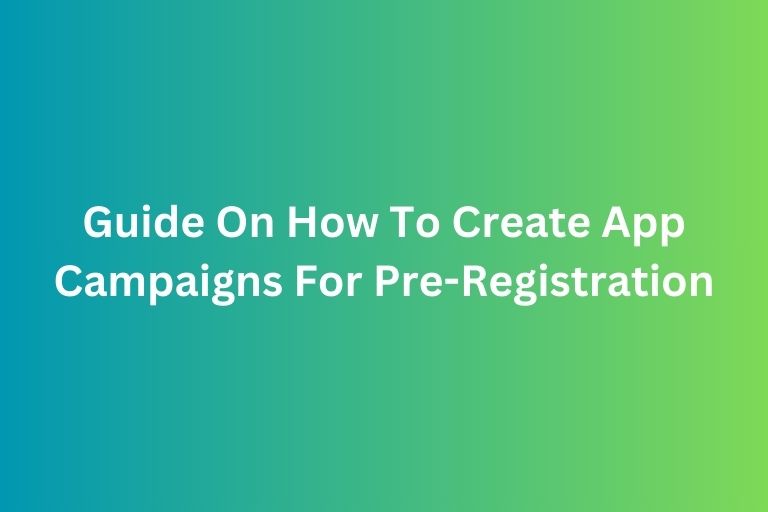Welcome to the dynamic and ever-evolving world of advertising! 🌟 Whether you’re a fresh face in the industry or someone looking to refine your understanding, this guide is your gateway to mastering the basics of advertising.
In the next 7 minutes, you’ll uncover the core principles that drive successful advertising campaigns. Ready to transform your approach? Let’s dive in!
What is Advertising?
At its essence, advertising is about connecting brands with their target audiences through compelling messages. It’s a strategic effort designed not just to inform, but to inspire and persuade potential customers.
● Definition: Advertising is a form of communication aimed at promoting a product, service, or brand to a specific audience. It’s about crafting messages that resonate and drive action.
● Objectives: Effective advertising seeks to inform, persuade, and remind. It’s about creating awareness, convincing potential customers of your product’s value, and maintaining brand presence in their minds.
Types of Advertising
Understanding the different types of advertising can help you choose the most effective methods for your campaign goals.
● Traditional Advertising: This includes TV, radio, newspapers, and magazines. These channels have a broad reach and can be highly effective for mass communication.
○ TV Ads: Leverage visuals and audio to create memorable brand experiences.
○ Radio Ads: Utilize targeted messaging to reach specific demographics during various times of the day.
○ Print Ads: Engage readers through newspapers and magazines, providing tangible touchpoints.
● Digital Advertising: Encompasses online platforms such as social media, search engines, and websites. It offers precise targeting and measurable results.
○ Social Media Ads: Platforms like Facebook, Instagram, and LinkedIn allow you to reach users based on their interests and behaviors.
○ Search Engine Ads: Use paid search to appear at the top of search results when users are actively looking for related products or services.
○ Display Ads: Banner ads placed on websites to catch the attention of potential customers.
● Direct Mail: Personalized communication sent directly to potential customers. It can be highly targeted and effective for driving specific actions.
○ Postcards and Flyers: Send promotional materials directly to recipients’ mailboxes.
○ Catalogs: Provide a comprehensive view of your product offerings.
Advertising Strategy
Crafting a successful advertising strategy involves several key elements:
● Define Your Target Audience: Understanding who you want to reach is crucial. Use demographic, psychographic, and behavioral data to create detailed audience profiles.
○ Demographics: Age, gender, income, education level.
○ Psychographics: Interests, values, lifestyle.
○ Behavioral Data: Purchasing behavior, brand interactions.
● Set Clear Objectives: Determine what you want to achieve with your advertising efforts.
○ Brand Awareness: Increase recognition and recall of your brand.
○ Lead Generation: Capture potential customer information for follow-up.
○ Sales Conversion: Drive direct purchases or sign-ups.
Creating Effective Ads
To capture attention and drive results, your ads need to be both engaging and informative.
● Craft Compelling Copy: Write messages that are clear, concise, and compelling. Focus on the benefits and unique selling propositions (USPs) of your product or service.
○ Headline: Grab attention with a strong, memorable headline.
○ Body Text: Provide key details and persuasive arguments.
○ Call-to-Action (CTA): Encourage users to take the next step, whether it’s making a purchase or contacting your business.
● Design Eye-Catching Visuals: Use high-quality images, videos, and graphics to enhance your message and attract attention.
○ Consistency: Ensure visuals align with your brand’s identity and message.
○ Simplicity: Avoid clutter and focus on delivering a clear, impactful message.
Measuring Advertising Success
Evaluating the performance of your ads helps you understand their effectiveness and refine future campaigns.
● Track Key Metrics: Monitor metrics such as impressions, clicks, conversions, and return on ad spend (ROAS) to gauge performance.
○ Impressions: Measure how many times your ad is seen.
○ Clicks: Track the number of times users interact with your ad.
○ Conversions: Measure the actions users take after seeing your ad.
● Analyze Results: Use analytics tools to assess what’s working and identify areas for improvement.
○ A/B Testing: Compare different ad variations to see which performs better.
○ Adjust Strategy: Refine your approach based on performance data to optimize results.
Conclusion
Armed with these advertising basics, you’re now ready to create campaigns that captivate and convert. Want to dive deeper into the world of advertising? FoxAdvert is here to help you turn your advertising goals into reality.
Contact us today for a free consultation or schedule a meeting to explore how we can enhance your advertising strategy! Let’s turn your advertising ambitions into impactful results!











